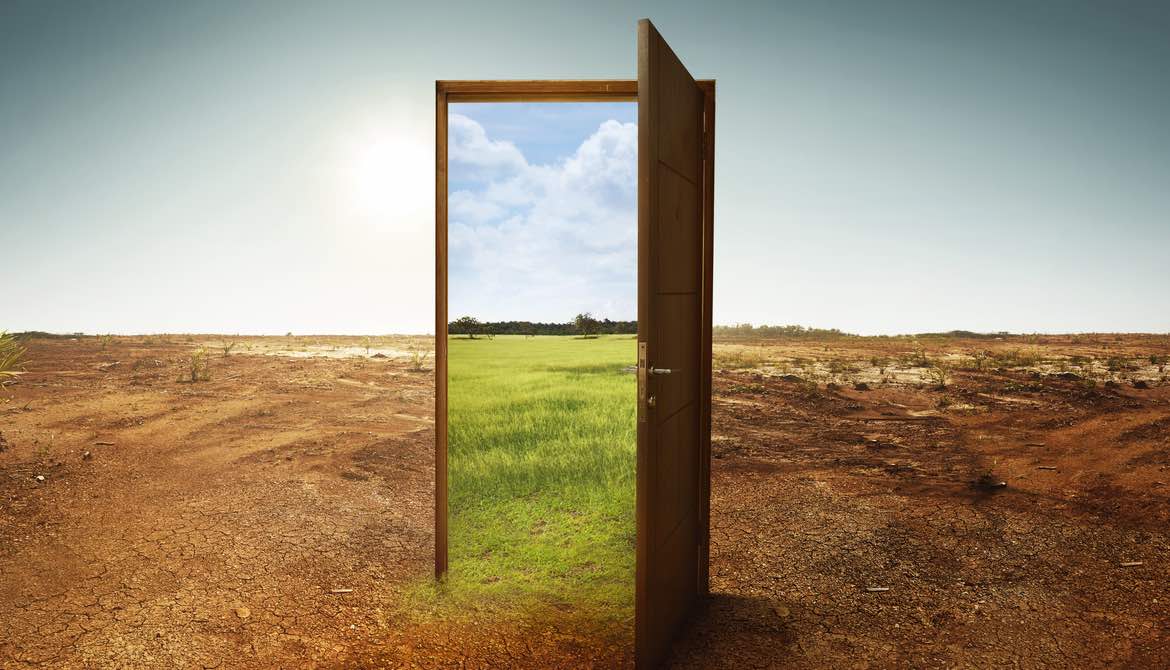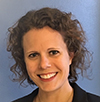2 minutes
The recurring patterns of behavior in your day-to-day environment can push project success—or failure.
We put so much time, energy and effort into creating an organizational strategy. We look at where we’ve been, where we are and where we want to go to create goals allowing us to grow as an organization. We create goals focused on finance, members, products or services, and—hopefully—people. Whether this is a one-, three- or five-year strategy, a lot of time is dedicated to putting the plan in place.
Once we have a great strategy identified, we need to be able to execute. To do this, we not only need the right staff in place, but we must have an environment that engages, motivates and supports staff. This is where organizational climate comes in. Organizational climate is the recurring patterns of behavior exhibited in the day-to-day environment of the organization. In other words, it’s an individual’s perception of behaviors and interactions that influence attitudes at work, thereby impacting performance and productivity.
If culture is an outcome, climate is a moderator for outcomes. By understanding climate, we can identify actions that will help our environment positively impact outcomes (goals/strategy), including employee engagement.
Leaders hope to keep a pulse on the work environment and rely a lot on what they think. However, their perceptions may not be entirely accurate because they are often limited by the amount of honest feedback they can be gather. Still, it’s worth trying to get an understanding of our climate. That ways, as leaders work to execute our strategy, they can develop plans to align behaviors with the organization’s goals.
Let’s look at a couple of examples of organizational goals and what type of information an organizational climate assessment can provide to help us meet these goals.
Goal: Implement a core conversion.
Desired climate: supportive of staff; engages staff in change
Helpful to know whether staff:
- Feel comfortable engaging in debate, sharing ideas and feedback involving new processes
- Can move forward to make decisions and complete work in times of uncertainty and ambiguity
- Feel involved in the daily operations and long-term goal and vision (engagement)
Goal: Develop a future leadership pipeline
Desired climate: highlights talent development and encourages staff to participate in development opportunities.
Helpful to know whether staff:
- Are aware of the various development offerings available
- Are encouraged (at all levels) to participate in development offerings
- Speak highly of the available development offerings
Gathering data from an organizational climate questionnaire lets leaders compare their perceptions to that of individuals within an organization—or to the organization as a whole. This provides a unique opportunity to develop an action plan to align climate to strategy.
Jennifer Stangl is CUES’ director of professional development. The Situational Outlook Questionnaire organizational climate assessment is available through the new CUES Consulting offering. Contact Stangl to discuss how the SOQ could support your credit union.






